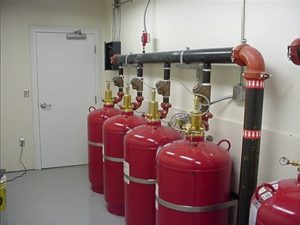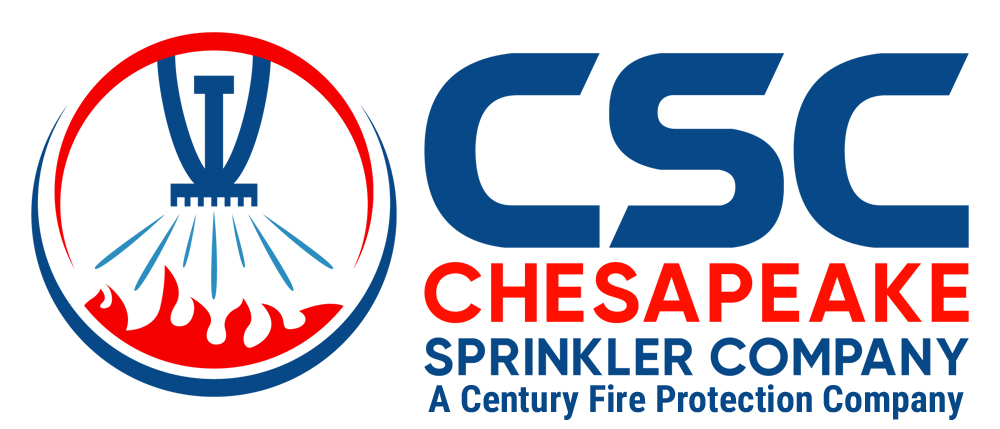
Fire suppression systems zap out fires without leaving a trace with the help of clean agents.
Fire protection is of utmost importance for any commercial building, whether it is as large as a warehouse or as humble as a strip mall. No matter what kind of premises it is, the threat of fire damage is always present. Fire suppression systems are one of the primary devices that tackle fires before the fire department has to intervene. One kind of suppression system, the clean agent fire suppression system, is particularly potent.
What Is a Clean Agent?
To understand why clean agent fire suppression systems are so worthwhile, one should know about clean agents in fire protection and a little more about suppression systems as well.
A clean agent is any fire extinguishing chemical that does not leave a residue after its release. It does not conduct electricity, it does not explode, and it is not gaseous. It is generally more environmentally-friendly compared to other products also. The way clean agents suppress fire is by removing one of the elements necessary for flames to ignite. In total, heat, oxygen, and fuel are needed, and clean agents remove either heat or oxygen from the equation.
Types of Clean Agents
There are three categories of clean agents in fire protection systems:
- FM 200: FM 200 is an invisible gas that extinguishes flames by absorbing heat. It is also non-toxic, but is considered more dangerous with regard to global warming and the ozone layer. For electronic equipment and other highly valuable inventory, FM 200 is a great material for zapping fires without further damaging your business property.
- Novec 1230: Novec 1230 is very similar to FM 200. It is also non-toxic and colorless and extinguishes through heat absorption, preserving high-value equipment such as electronics. Its advantage over FM 200 is that it is more environmentally-friendly and perhaps safer for people to breathe in too; however, Novec 1230 costs more, may take up more space, and may be less efficient than FM 200.
- Inert Gases: Inert gases, also known as noble gases, do not change despite different chemical exposures. These clean agents suppress fires by removing oxygen. Carbon dioxide is one clean agent that does just this, but because of the health risk to humans, managers need to have an evacuation plan ready in case the fire suppression system activates. Another version is Inergen, a combination of nitrogen, argon, and carbon dioxide that lowers the oxygen level enough to suppress fire while allowing people to breathe.
Clean Agent Fire Suppression Systems
A clean agent fire suppression system may use any of these clean agents to snuff out the flames while preserving the inventory. With so many types from which to choose, it’s best to talk with a professional.
Contact Chesapeake Sprinkler Company Today!
Chesapeake Sprinkler Company is a leading fire sprinkler contractor in the region, which is now a 100% employee-owned (ESOP) company. As a full-service fire protection company, we offer design, fabrication, installation, testing, maintenance, and inspection of fire protection systems. Everything you need from your fire suppression specialist.
For more information, please email or call our Odenton location at 410-674-7041, our Ashburn location at 703-729-5150, or for service / maintenance Chesapeake Protection Services at 410-674-7577. For emergencies, call 800-298-3473 (FIRE). Feel free to keep in touch through Facebook, Twitter, or LinkedIn!
